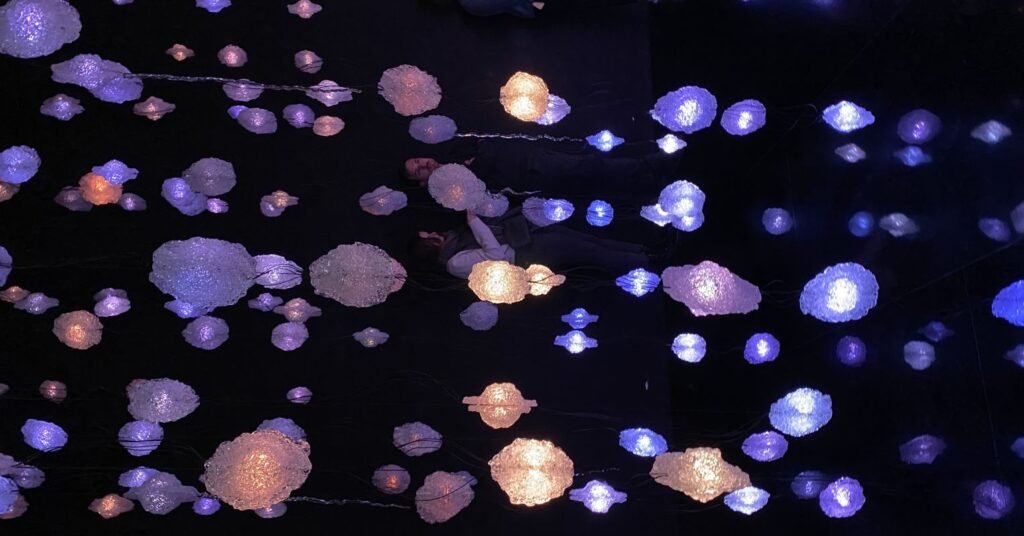The Indianapolis Art Center is currently showcasing an innovative exhibition titled “Awakened Infestation: AI in Contemporary Art,” delving into the intricate relationship between creativity and artificial intelligence. This exhibit features a diverse array of art forms, including painting, ceramics, photography, weaving, and AI-assisted works. The focus is on artists who not only explore new tools but also raise questions about the potential risks involved.
Rather than depicting art as a passive casualty of technological advancements, these artworks reflect the enduring adaptability of artists who evolve, resist, and innovate in the face of change. In a world inundated with machine-generated images, “awakened infestation” challenges viewers to sharpen their discernment and contemplate the enduring significance of unique human perception in defining art in the age of AI.
This dialogue between human creativity and technology extends beyond gallery walls and into the design of museums. In the United States, a new wave of tech-centric institutions is redefining the possibilities of cultural spaces. Gone are the static frames and quiet galleries; these venues are immersive playgrounds where projection mapping, motion sensors, and algorithm-driven designs transform visitors from mere spectators into active participants.
For instance, the WNDR Museum in Chicago offers mirrored rooms, interactive displays, and sensory installations that encourage guests to step into the art rather than simply observe it. Meanwhile, Meow Wolf in Santa Fe has created a fantastical narrative world with “House of Eternal Return,” where a suburban house serves as a gateway to mystical forests and alien landscapes. Their Denver outpost, “Convergence Station,” further blurs the lines between science fiction and digital art in a sprawling cityscape.
On a smaller scale, Mercer Labs in New York showcases high-design installations that blend architecture with interactive media in a repurposed retail space. Wonderspaces, a traveling gallery, curates captivating exhibitions in various American cities, showcasing international artists to a wider audience.
Some venues prioritize spectacle, such as Superblue in Miami, which features immersive projection-based ecosystems by artists like TeamLab. OtherWorld in Columbus offers a unique blend of theater and escape room experiences in 47 themed environments. Seismique in Houston combines robotics, AI, and light art to create a digital-themed park, while Wisdome LA in Los Angeles uses 360-degree dome projections to transport visitors into cinematic realms.
Leading the charge in tech-driven art spaces is Artechouse, with locations in Washington, DC, New York, and Miami. Known for its site-specific, ever-evolving exhibitions, Artechouse collaborates with artists who utilize algorithms, sensors, and dynamic projections to craft immersive experiences that feel alive.
Collectively, these venues signal a cultural shift where technology has shifted from a background element to a focal point in curation. Catering to audiences of all ages, these spaces particularly resonate with younger generations seeking interactive experiences over passive observation. They challenge conventional notions of art, transforming exhibitions into immersive storytelling platforms and showcasing how technology, far from erasing humanity, can amplify the irreplaceable value of human imagination.

